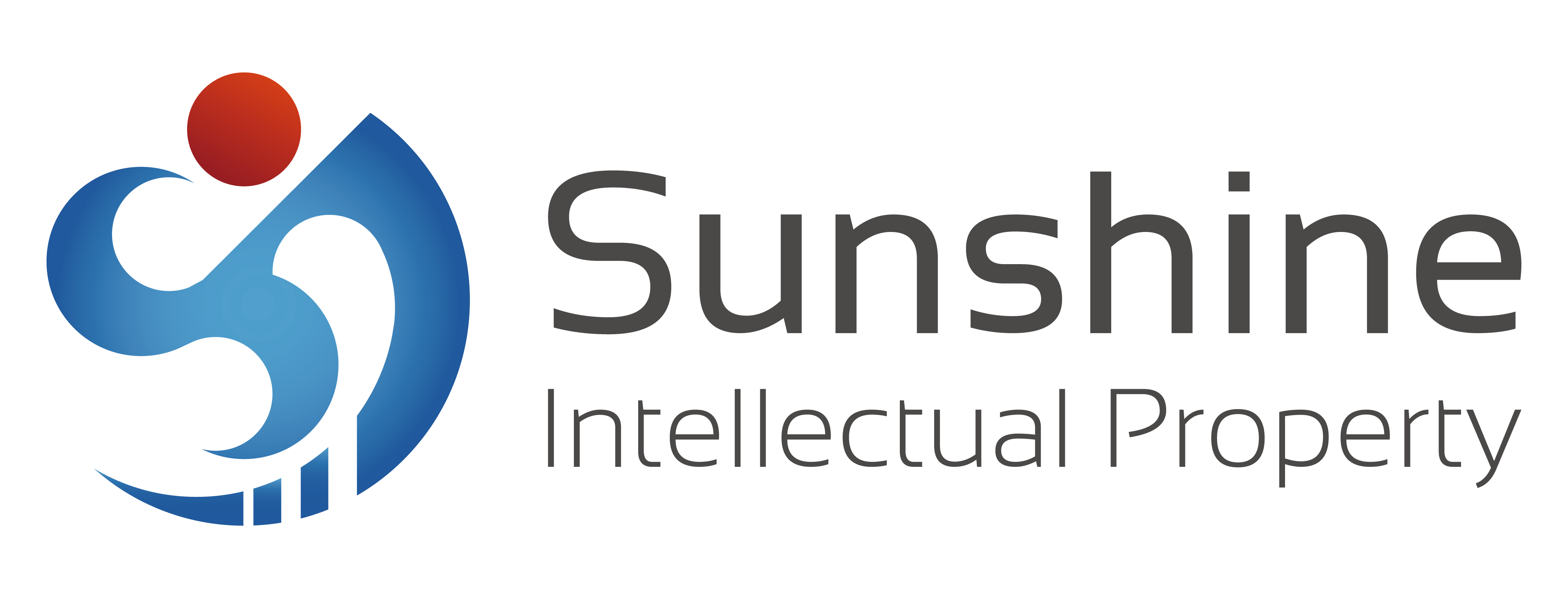In the world of patent analysts, many schools of thought rise simultaneously. Which school doesn't aspire to become the supreme leader, commanding respect from all? The sons and daughters of the patent world travel far and wide. Which analyst doesn't wish to join a prestigious school, encounter a master teacher, and achieve fame and success? However, the journey from novice to expert for a patent analyst is by no means accomplished overnight.
For beginners, they usually start as patent analyst assistants and do some supporting work. To grow from a patent analyst assistant to a competent patent analyst, the first hurdle to overcome is to be able to handle tasks independently, that is, to be capable of completing work tasks on their own and taking on the responsibilities of a project manager. However, to evolve from a competent patent analyst to an outstanding one, one not only needs to be able to handle tasks independently but also be meticulous in all aspects.
Although search and analysis are the foundation for patent analysts to make a living, for qualified patent analysts in intellectual property consulting institutions, the above-mentioned work is far from the entirety of their responsibilities. In addition, they need to possess the following capabilities:
Project completion capability: Project acceptance is the key to verifying the effectiveness of patent analysis work. It requires the distillation and demonstration of research results, as well as the summary and organization of acceptance materials. Especially for projects such as industrial patent navigation projects, enterprise strategic promotion plan projects, and high-value patent cultivation projects, the acceptance materials are extensive and diverse. Therefore, whether one can organize and summarize the materials, condense and summarize them, and focus on key points and highlight highlights during project reporting to ensure the project's successful acceptance is the first criterion for evaluating whether a patent analyst is competent.
Teaching ability: Many projects require providing clients with intellectual property training during the implementation process, such as training on basic knowledge of intellectual property, patent search skills, patent analysis methods, patent layout strategies, and enterprise patent strategies. Therefore, having systematic business knowledge reserves, course design capabilities, and presentation and explanation skills are also hallmarks of a competent patent analyst.
Customer acquisition ability: Customers are the foundation for the survival and development of consulting institutions. Patent analysts often need to design service plans for target customers in their work, accurately understand the real needs of customers, and provide a service plan with clear thinking, appropriate methods, prominent individuality, and strong operability within a reasonable quotation range. This is also a sign of a patent analyst's maturity.
As a patent analyst, I have been wandering in this field for several years, always focusing on both internal cultivation and external practice. I am looking forward to the day when I can have a bit of fame in this circle. Although I am still on the way to the peak, based on some insights gained during my practice, I still hope to offer some guidance to the newbies who are just starting out on their path of improvement.
Heart Method 1: True scriptures are easy to obtain, but practical experience is hard to come by.
Patent analysis is a highly practical job. Even if one has read many practical books and studied numerous patent analysis reports, without hands-on project experience, it is merely theoretical. When patent analysts are just starting out, they often work under project managers, who guide and assign tasks. At this stage, they should seize the opportunity and not just be the executor of the project manager's ideas, but also have their own thoughts and judgments. During work practice, they should ask several "whys": Why do we need to collect these materials for background research? Why should the patent search formula be constructed in this way? Why are the analysis indicators designed like this? Why should the report framework be built in this way? Why should the conclusion and suggestions start from these perspectives? By understanding these questions, the project manager's work ideas and methods will gradually become their own. During the project assistant stage, the more one learns from the project manager, the lower the time cost of learning and understanding through personal experience in the project, and the faster one can grow into an independent patent analyst.
Heart Method 2: To do a good job, one must have the right tools.
Patent analysis is an intellectual job. Basically, it can be accomplished with a computer, a retrieval tool and a smart brain. The role of human beings is self-evident, and the foundation of patent analysis is patent information. Currently, there are 160 million patent documents available globally. To obtain the target documents, we must rely on intelligent tools - patent retrieval systems. The patent retrieval system is a good partner for patent analysts to carry out patent retrieval and analysis work. Whether this partner is used well or not directly affects our work efficiency and even work quality. Therefore, patent analysts should be clear about and constantly explore the retrieval rules and techniques, data indexing, patent analysis functions of the patent retrieval system, as well as the limitations of the system itself, to play to their strengths and avoid their weaknesses, and fully leverage the maximum efficiency of the system.
Heart Method 3: Adhere to the Mainstream and Be Innovative, Integrate and Master Thoroughly
Patent analysis is a job that can assist clients in making decisions. Its goal is to provide decision-making references for the development of clients' technologies, products and services, and even for the formulation of government policies. However, it is difficult to achieve this merely from the perspective of patent information analysis. Therefore, patent analysis needs to combine patent information with technical information, legal information, industrial information, market information and policy orientation for comprehensive analysis. This means that patent analysts not only need to have professional knowledge reserves, but also need to understand the target technology, industrial development, market pattern and policy environment. Therefore, in addition to their daily work, patent analysts need to study more, think more, constantly absorb valuable information and serve their work practice. Although the entry threshold for patent analysts is not high, it is not an easy thing to become a competent or even excellent patent analyst.
The Growth Path of a Patent Analyst: From Novice to Expert
Published Date:2025-01-28
Views:227

